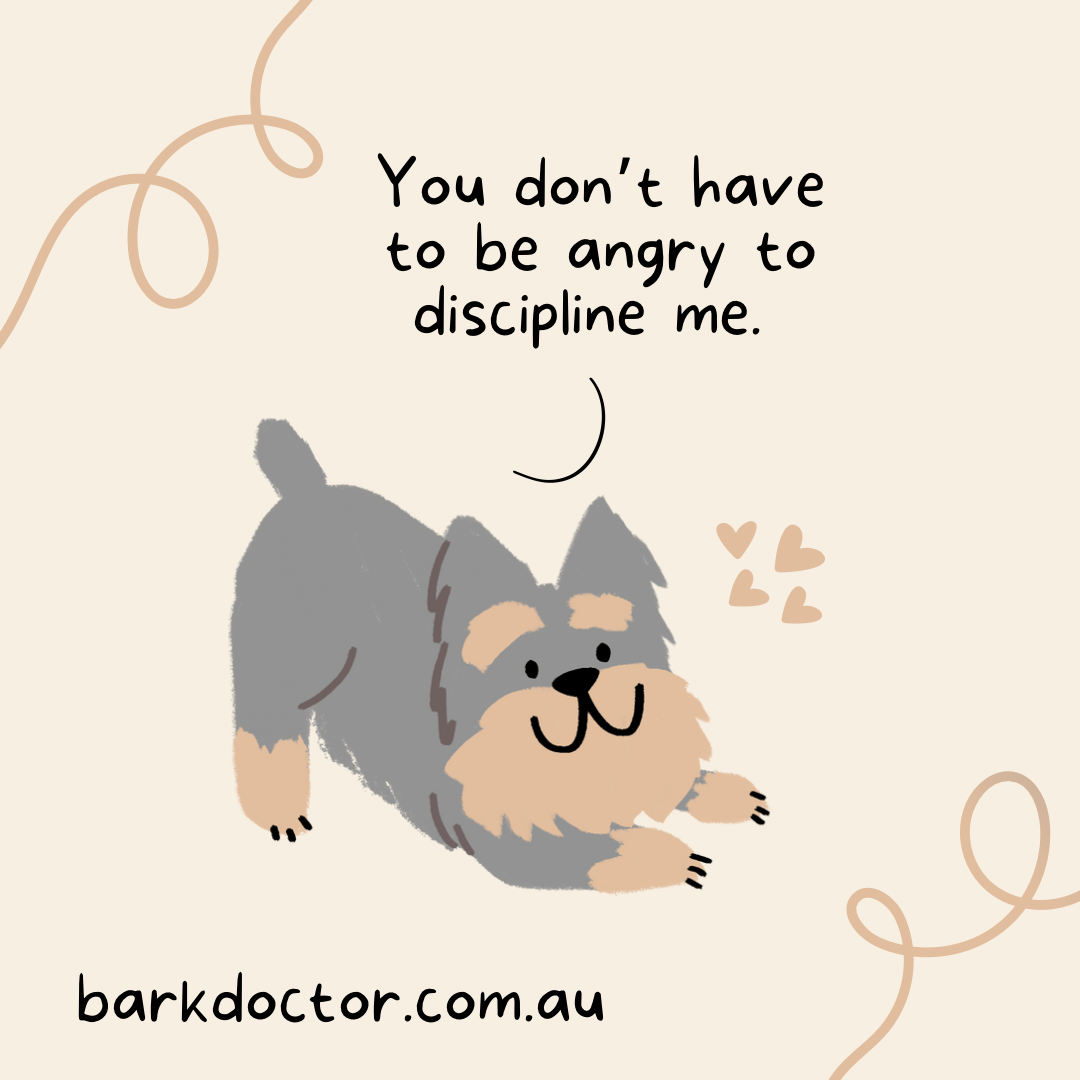
Anger and Your Dog: The Importance of Mindful Communication
I was walking my dog Axel the other day when I passed by a house with dad and son outside at the front of their house. Garage door was wide open and their dog was hanging around with them unsecured. As I passed by, their dog started walking towards me and immediately both dad and son yelled at him to stop and go inside. Their tone was angry and disproportionately so to the situation at hand. The dog was simply behaving according to the situation their owners created. If they couldn’t trust their dog around strangers, then why was the dog unsecured outside the house? Was it the dog’s mistake or the owners’ when the dog approached me? This got me thinking about the importance of mindfully communicating with our canine family.
One of the most common issues I see with dogs is aggression and fear-based behavior. Many times, this is directly related to the way that their owners communicate with them. Dogs are incredibly intuitive animals and can pick up on our emotions and tone of voice, even more so than the words we say. When we interact with our dogs in an angry or aggressive manner, we are sending them signals that can be confusing and sometimes even frightening. This can result in our dogs becoming fearful, anxious, and sometimes even aggressive in return. It's important to remember that dogs are not humans, and they don't always understand our language or our emotions. When we confront them with anger and aggression, they often don't know how to react, which can lead to negative behavior and even psychological trauma.
So, how can we effectively communicate with our dogs and avoid anger and aggression? Here are some tips:
1. Mind your tone: Your tone of voice is just as important as the words you say. When speaking to your dog, use a calm and friendly tone. If you're upset or frustrated, take a moment to calm down before interacting with your pup.
2. Avoid punishment: Punishing your dog for bad behavior may seem like the best solution, but it rarely works. Punishment can actually increase anxiety and fear in your dog, making the problem worse.
3. Use positive reinforcement: Instead of punishing your dog, try using positive reinforcement techniques. Reward good behavior with treats, toys, and praise.
4. Set your dog up for success: Ensure that the environment is set up so that your dog cannot do the unwanted behaviour in the first place. Don’t want them interacting with stranger? Place him behind a fence or barrier. Don’t want them escaping? Ensure they are secure and getting adequate exercise and entertainment.
5. Seek professional help: If your dog's behavior is causing problems, seek the help of a professional pet behaviorist. They can help you understand your dog's behavior and provide effective solutions.
In conclusion, it's essential to be mindful of our tone of voice and approach when communicating with our furry friends. By avoiding anger and aggression, we can build trust and positive relationships with our pets, which will result in healthier and well-adjusted dogs.
